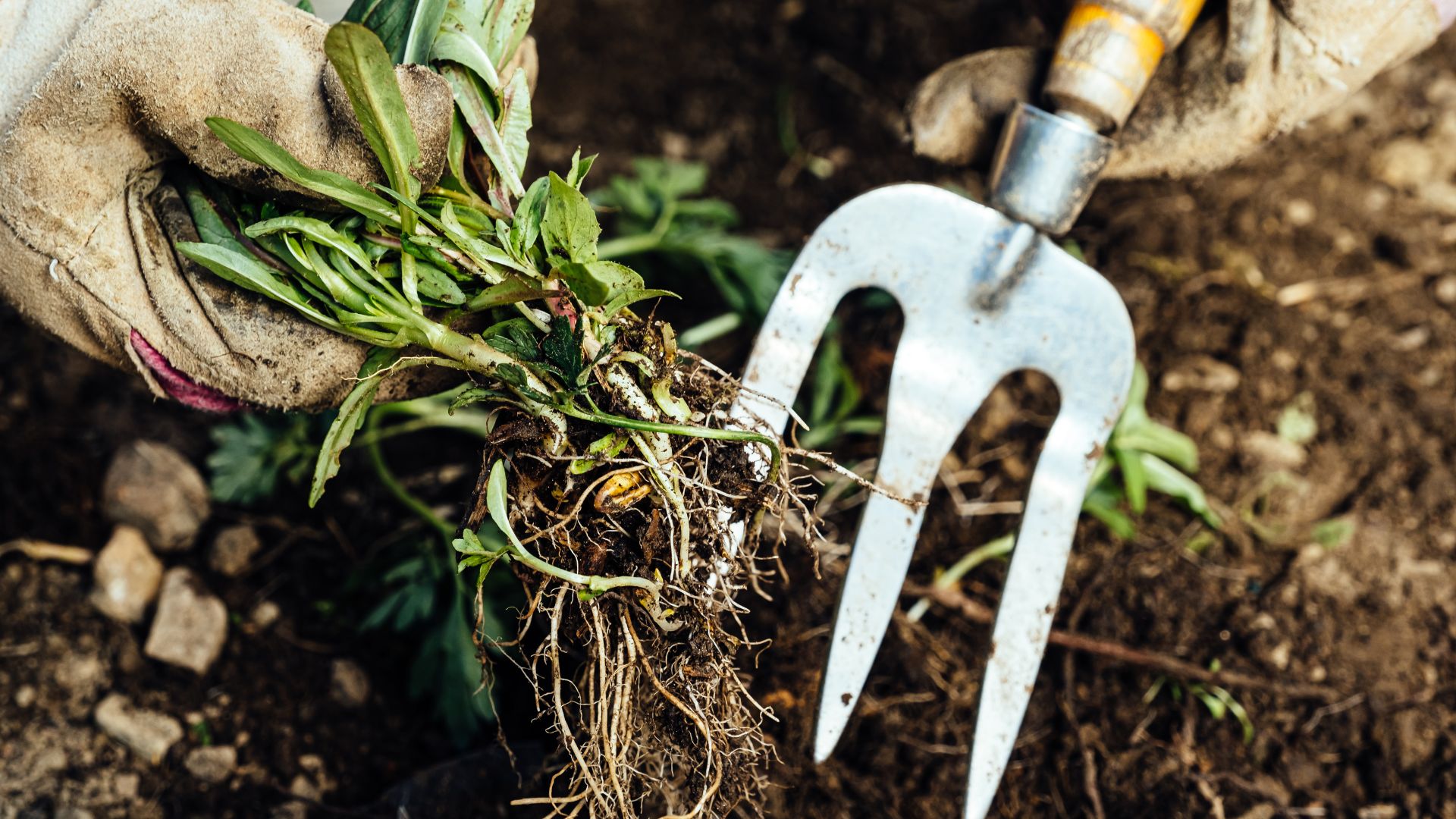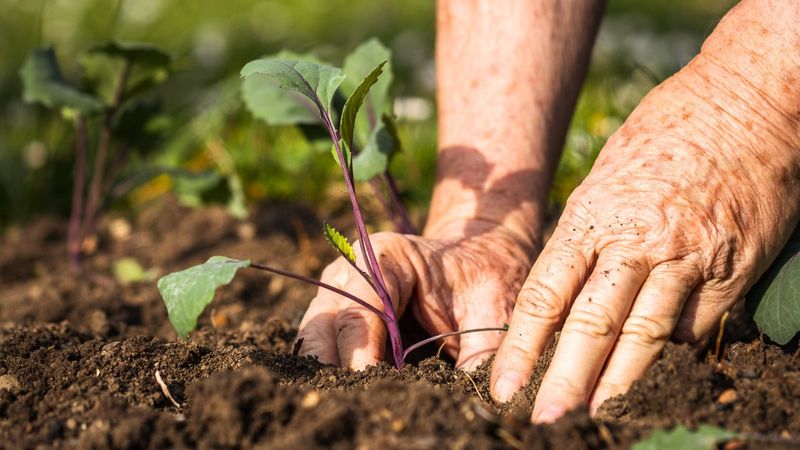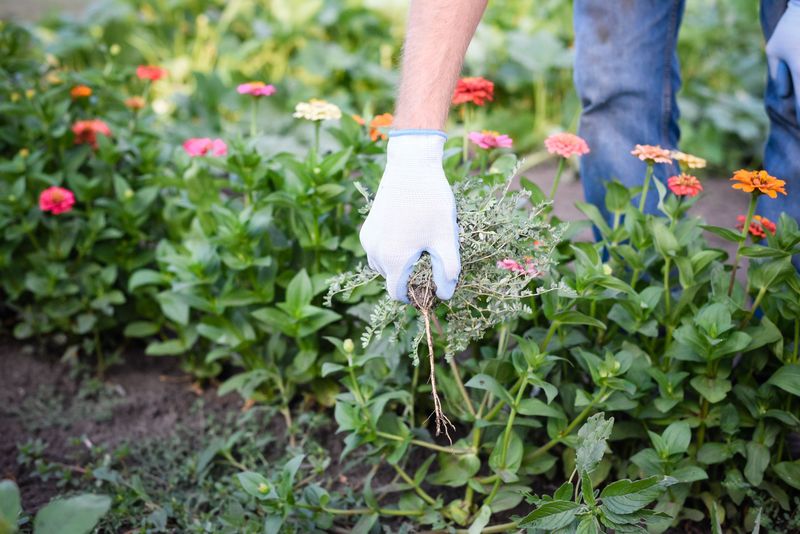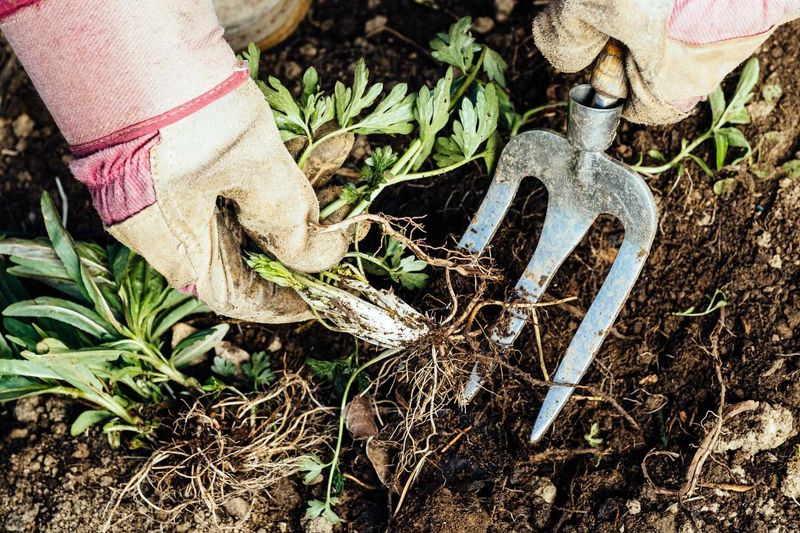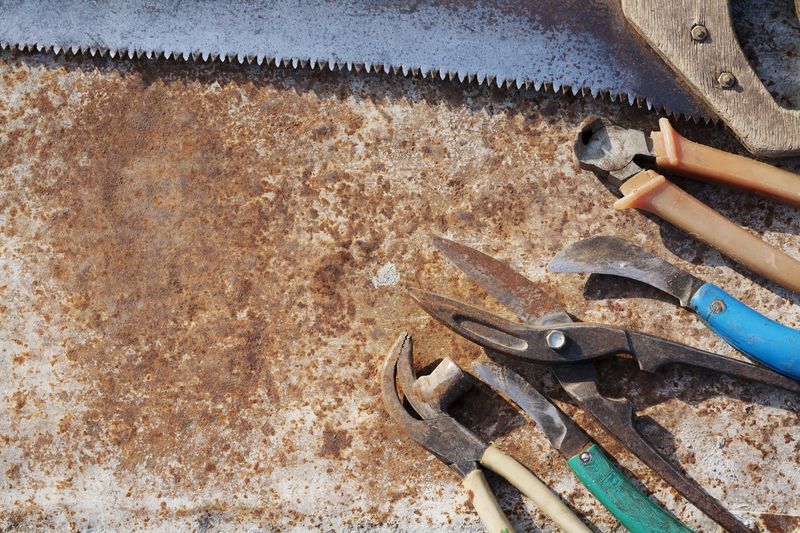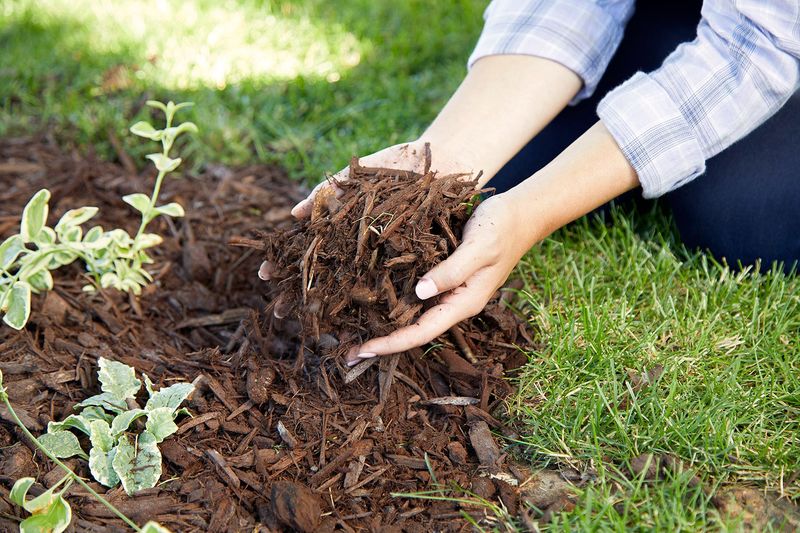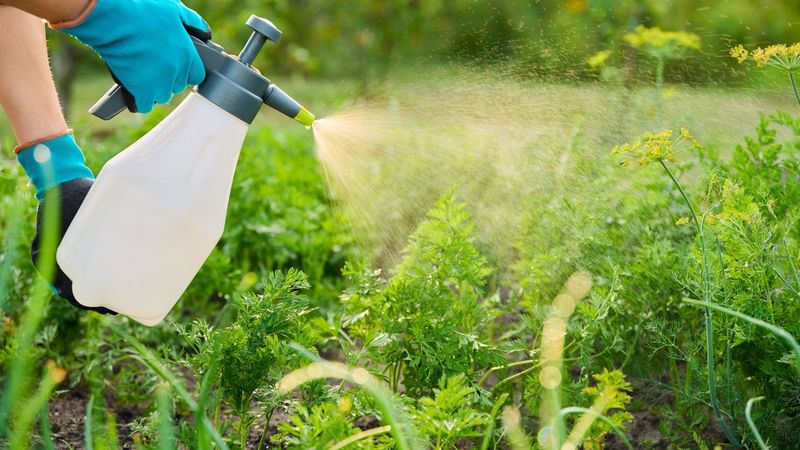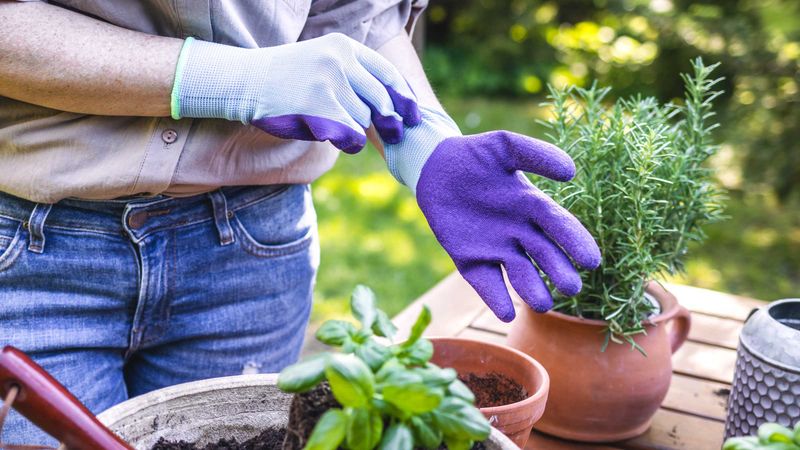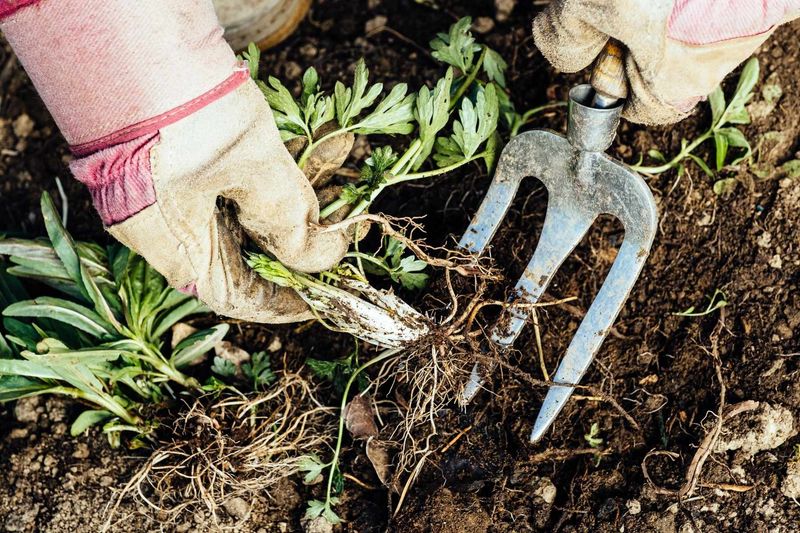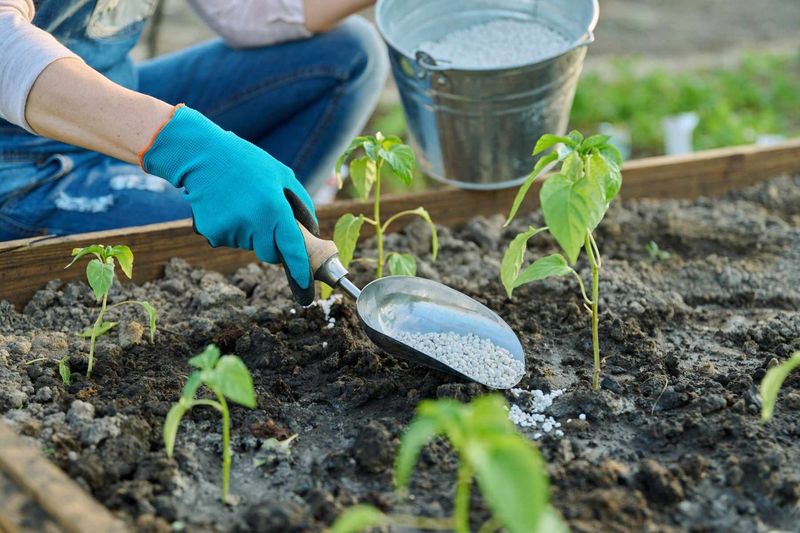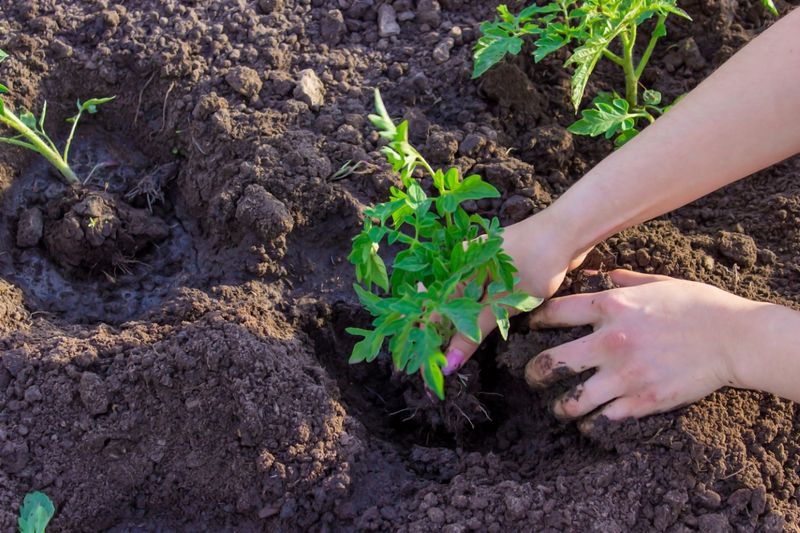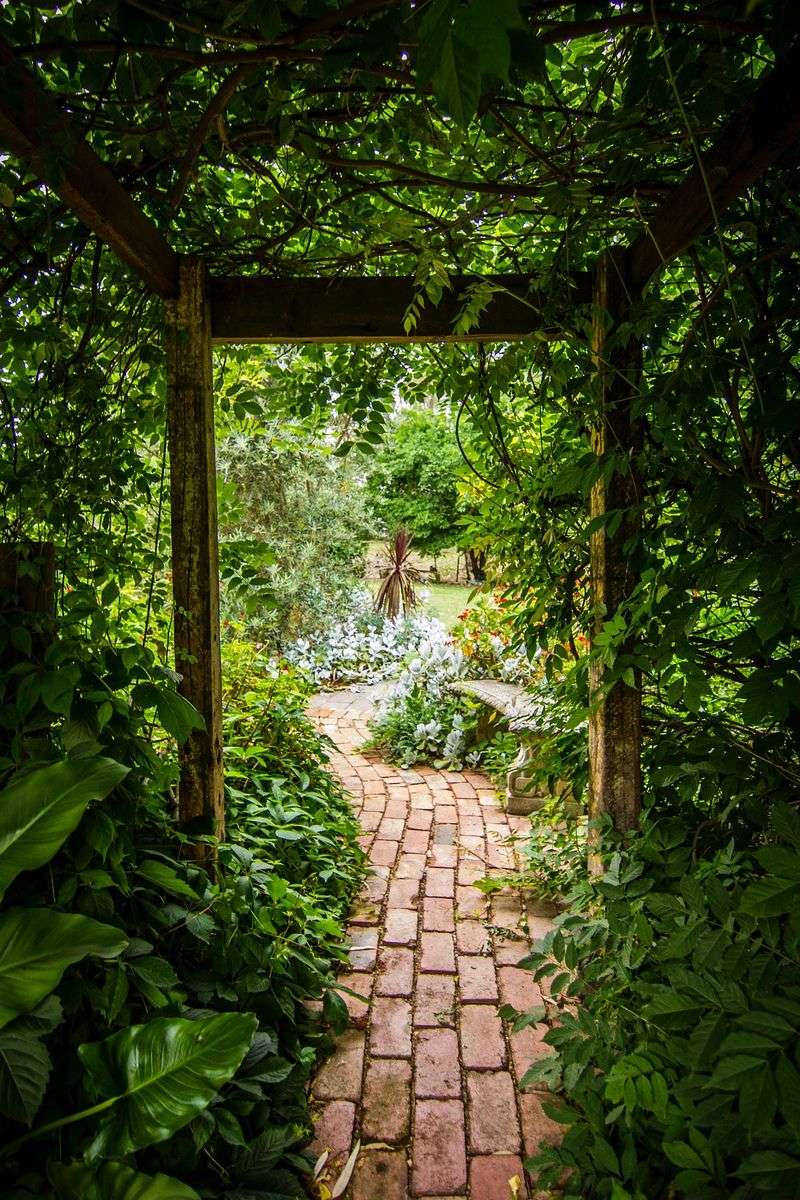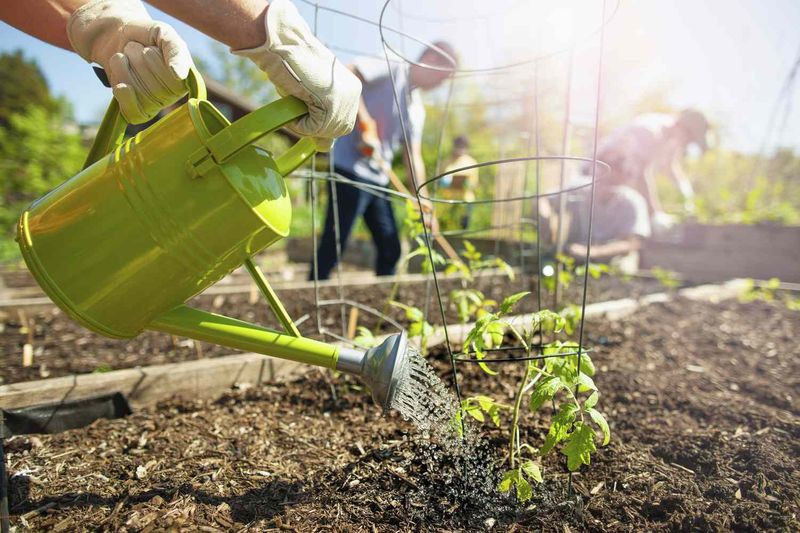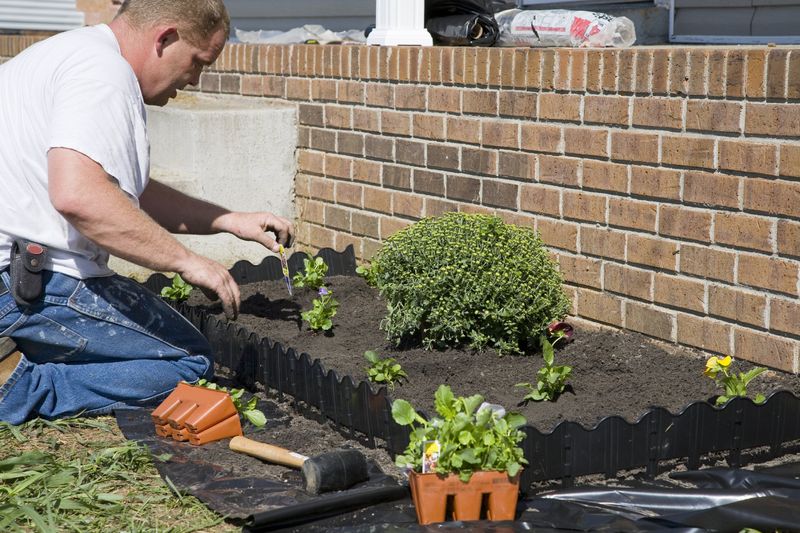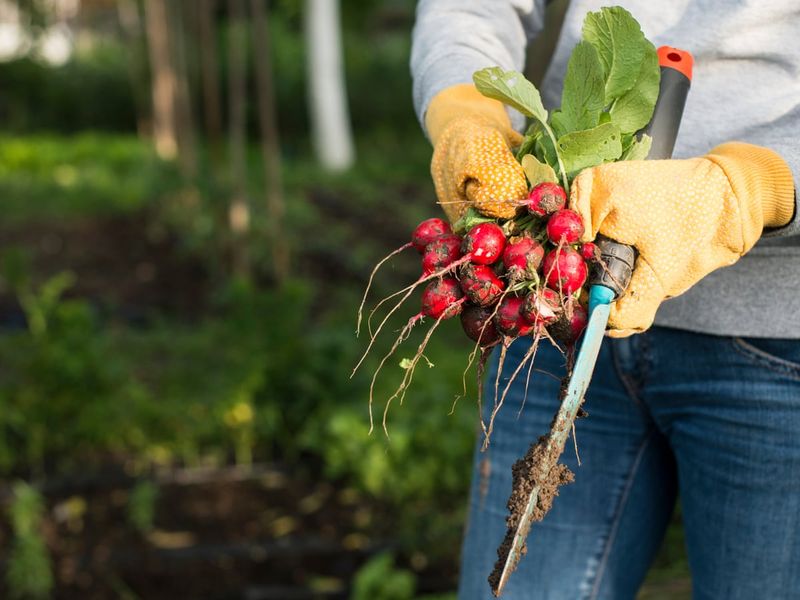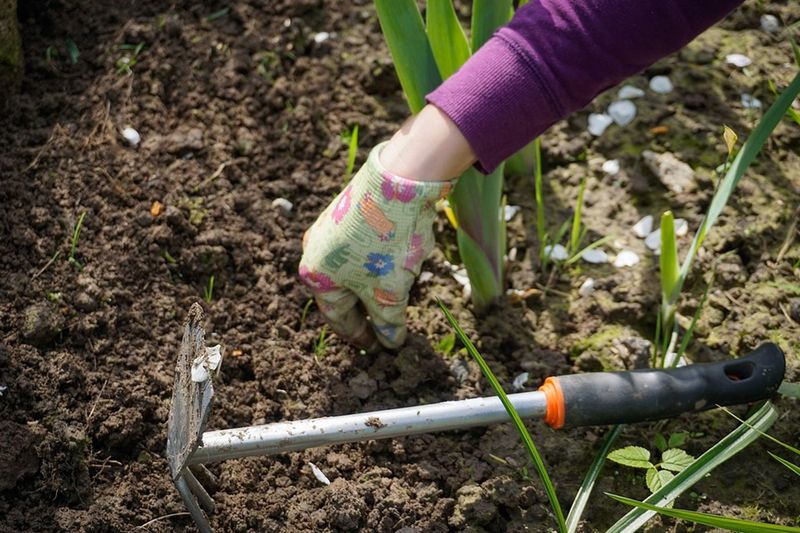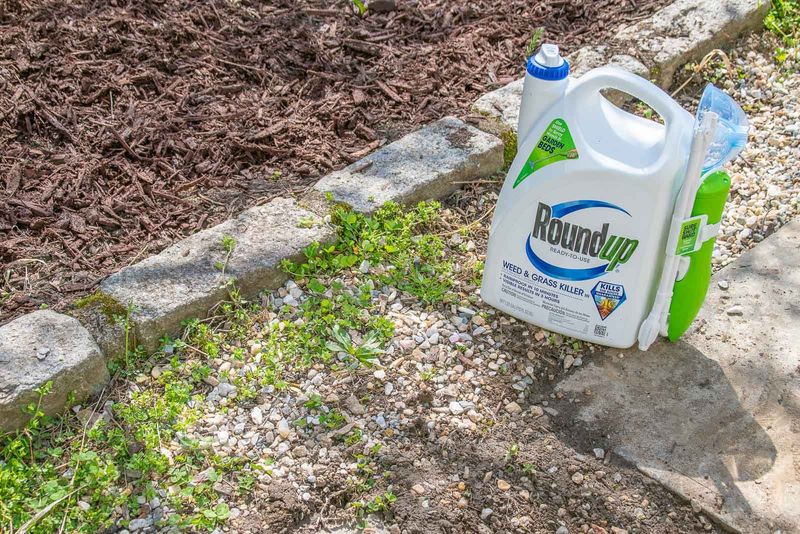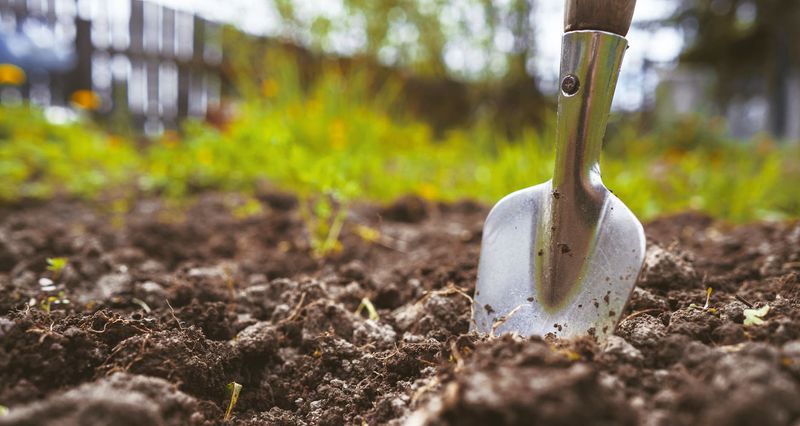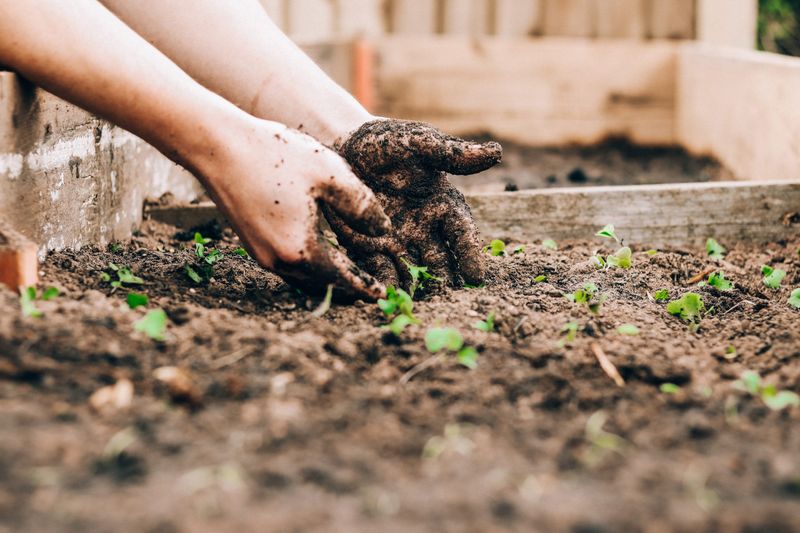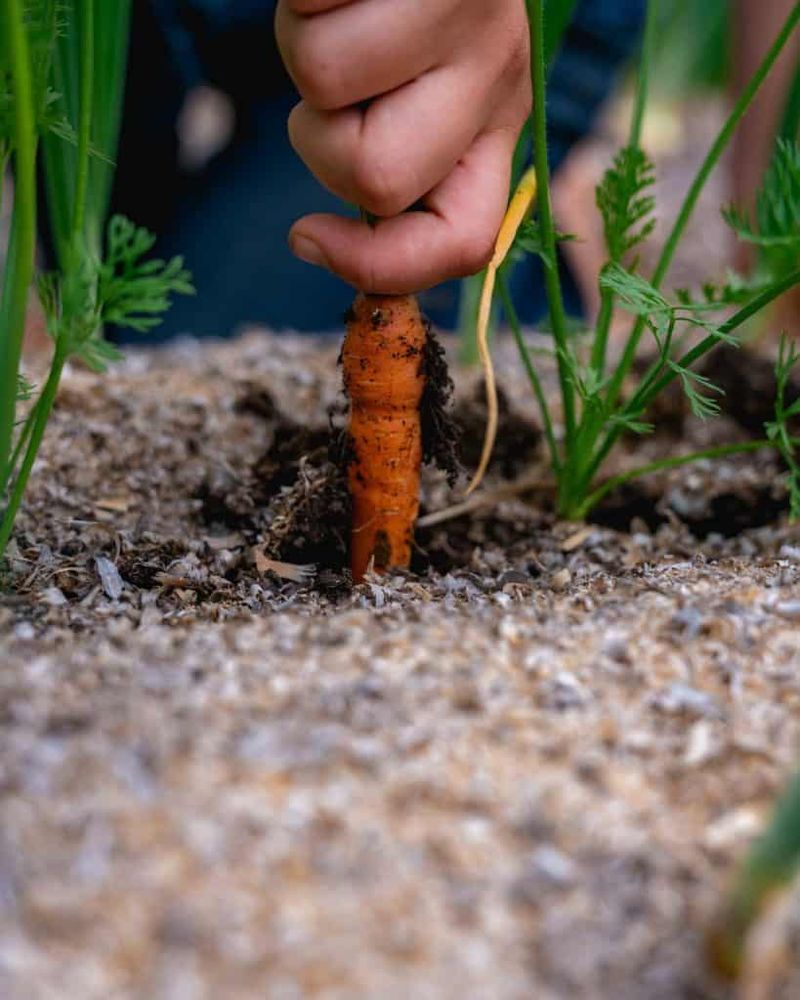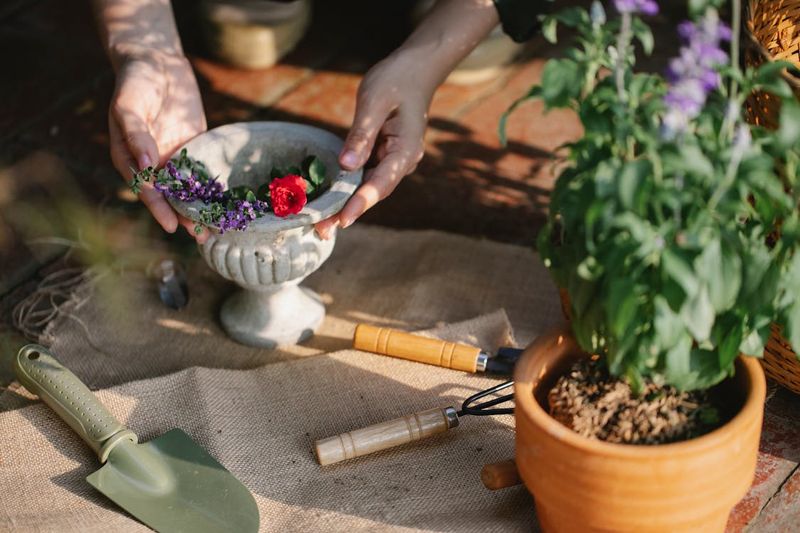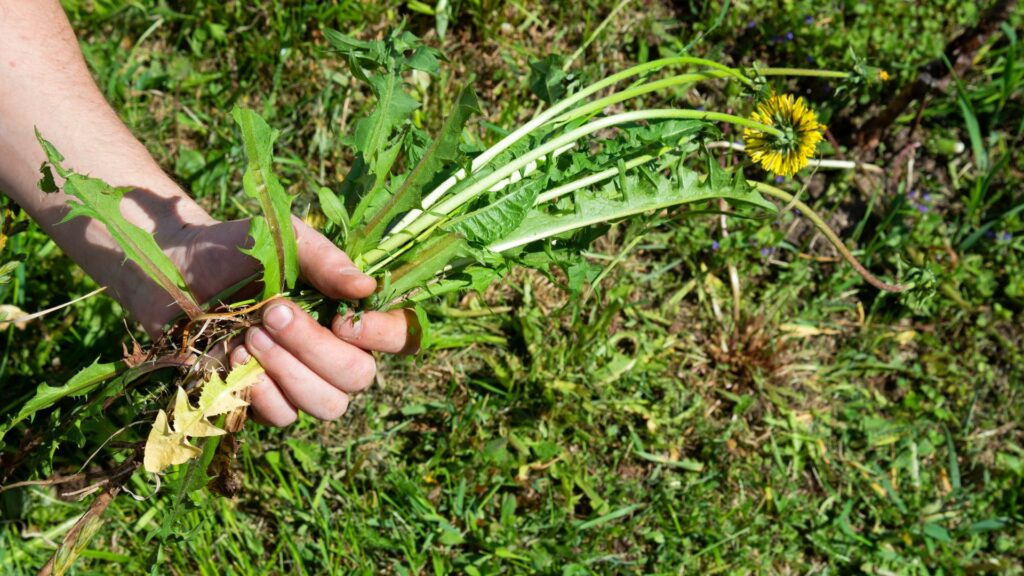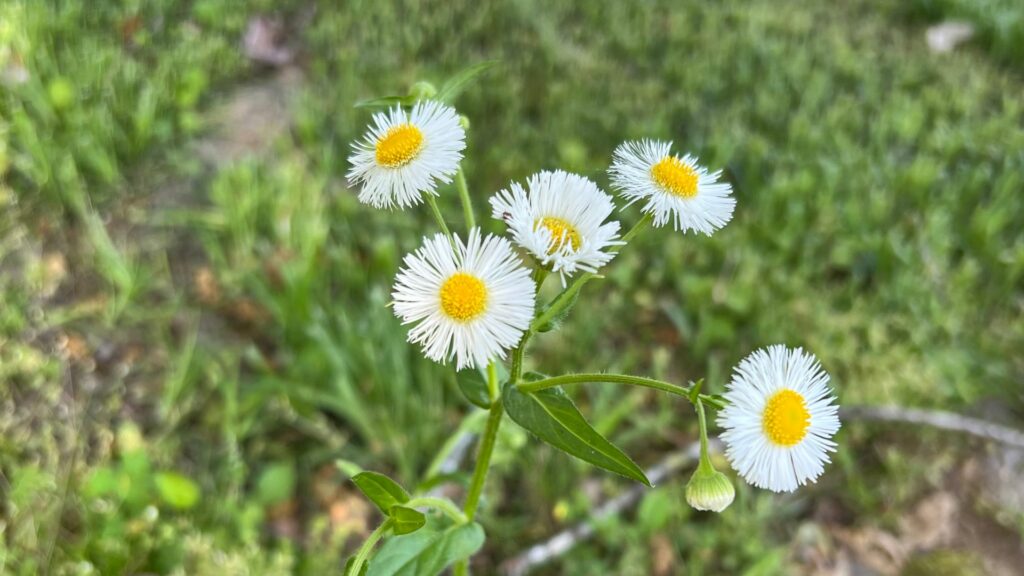Weeding—oh, the joy of it! I used to think it was as simple as grabbing a weed, pulling, and voilà. Garden perfection. But oh, how wrong I was!
I’ve spent more time hunched over, cursing at stubborn weeds that just wouldn’t budge, than I’d care to admit. Turns out, I was committing almost every weeding sin in the book.
From pulling too early to using the wrong tools, I was a walking (or should I say, squatting?) gardening disaster.
Here’s a lighthearted look at the 22 weeding mistakes that had me scratching my head, and, more importantly, how to avoid them so you don’t make the same hilarious blunders!
1. Ignoring The Roots
Ah, the classic tug and snap. Ever noticed that pulling weeds without getting the roots is like trying to wash dishes without soap? Those pesky plants just keep coming back, often with a vengeance.
It’s a rookie mistake to simply yank at the stems and ignore the more stubborn parts underground. To avoid this deja vu nightmare, use tools like a trowel or a weed fork.
These instruments help you dig deep and extract every last bit of the root. Your back will thank you later! But be warned, it might just become your favorite gardening tool.
2. Weeding After Rain
Rain can be a gardener’s best friend or worst enemy. Working right after a downpour? That’s like trying to ice skate on a muddy puddle.
The soil becomes a slippery mess, making it hard to get a firm grip on those stubborn weeds. Instead, wait until the soil dries a little.
This makes it easier for you to get to the roots without slipping around like a clumsy penguin. Plus, your plants will look much happier without the mud bath.
3. Pulling Weeds Too Late
Waiting too long to weed is akin to letting dishes stack up in the sink. One or two seem manageable, but leave it too long, and it’s chaos.
Overgrown weeds can overshadow your cherished plants, stealing nutrients and sunlight. Keep an eye on your garden and set aside time each week for weeding.
This way, you catch the culprits while they’re small and manageable. Your plants will finally have room to breathe and flourish. Regular care keeps your garden and your stress levels in check.
4. Using Dull Tools
Imagine trying to make a salad with a butter knife. Frustrating, right? That’s exactly how using dull garden tools feels!
I learned this the hard way, struggling with blunt edges that made simple tasks feel like a chore. After a few too many moments of cursing at stubborn weeds, I discovered the power of keeping my tools sharp.
A little sandpaper does wonders, and now gardening is much smoother and more enjoyable. Trust me, maintaining your tools doesn’t just make the job easier, it makes it more fun!
5. Skipping Mulch
Ever slept without a blanket on a cold night? Skipping mulch is the garden equivalent. Without it, weeds have a free-for-all, growing unchecked and out of control.
Mulch acts as a barrier, blocking sunlight and slowing weed growth. Plus, it keeps the soil moist and provides nutrients as it breaks down.
So, next time you’re at the garden center, grab a bag or two of mulch. Your garden will feel warm and cozy, just like you under your favorite quilt.
6. Overusing Herbicides
Herbicides can seem like a magic solution, but overuse is like too much frosting on a cake—overwhelming and unnecessary.
Excessive use can harm your plants, soil, and even beneficial insects. Instead, use herbicides sparingly and as a last resort.
Always read the label and follow instructions carefully to avoid unintended consequences. A balanced approach keeps your garden healthier and more sustainable for the long haul.
7. Not Wearing Gloves
Gardening without gloves is a bit like cooking without utensils. It’s messy, risky, and not entirely pleasant. Without protection, you’re inviting blisters, cuts, and even allergic reactions.
Invest in a sturdy pair of gloves to keep your hands safe and clean. Not only do they protect you, but they also provide better grip on tools and weeds.
Plus, there’s something satisfying about peeling off gloves to reveal clean hands after a hard day’s work.
8. Ignoring Perennial Weeds
Perennial weeds are the zombie apocalypse of the garden world. They just keep coming back, no matter how many times you think you’ve eradicated them.
These persistent plants often have deep roots or spread through seeds and rhizomes. To tackle these, you need persistence and a good strategy.
Regular weeding, especially in early stages, can prevent them from getting out of hand. Many gardeners face the same relentless foes, and sharing tips can be part of the fun.
9. Ignoring Seedlings
Seedlings might be the babies of your garden, but weeds see them as an all-you-can-eat buffet. Ignoring these tiny sprouts can lead to them being smothered by faster-growing intruders.
Give seedlings space to grow by vigilantly removing weeds nearby. This ensures they get the sunlight, water, and nutrients they need to thrive.
A little extra attention now pays off big time later. Your future self will thank you as you admire your lush, weed-free garden.
10. Planting Too Close
Picture a crowded elevator during rush hour. That’s what plants feel when they’re placed too close together.
It creates a perfect environment for weeds to thrive, as they take advantage of the competition for space and nutrients. Ensure proper spacing when planting to allow for growth and discourage weeds.
This makes it easier to spot invaders and remove them promptly. Your plants will appreciate the breathing room, and you’ll enjoy a more harmonious garden layout.
11. Ignoring Pathways
Pathways can be sneaky hideouts for weeds. Left unchecked, they can creep into your garden beds faster than you’d think. Ignoring these areas is like forgetting to lock the back door.
Regularly inspect and clean pathways to prevent weeds from taking hold. This keeps your garden looking tidy and reduces the spread of unwanted plants.
Plus, a clear path makes for a more pleasant stroll through your garden, without the risk of tripping over pesky invaders.
12. Not Watering After Weeding
Weeding can be a workout for your plants, and I learned the hard way that they need a little pick-me-up afterward.
After pulling weeds, it’s easy to forget, but a good watering helps settle the soil and soothe the plants. I’ve found that a refreshing drink post-weeding reduces stress and helps them absorb nutrients better.
It’s like giving your garden a well-deserved spa day after a tough session. Your plants will thank you with healthy growth!
13. Ignoring Edges
Edges are often the frontline in the war against weeds. Neglect them, and you’ll find invaders creeping in from every side, much like ants at a picnic.
Regular trimming and maintenance of garden edges can prevent weeds from encroaching on your beds. This not only keeps your garden neat but also limits the areas where weeds can take root.
A little attention to these details goes a long way in keeping a pristine garden.
14. Not Rotating Crops
Planting the same crops in the same spot year after year is like wearing the same outfit every day—it gets stale, and weeds love it. They thrive on predictability and exploit the lack of diversity.
Rotating crops can break the weed cycle and improve soil health. By changing plant locations, you confuse weed patterns and reduce infestations.
So, switch it up! Your garden will thank you with healthier plants and fewer weeds.
15. Skipping Weeding
I’ve been guilty of letting weeding slide, thinking I’ll get to it later, but trust me, it only makes things worse!
I’ve learned that setting aside just a few minutes each day makes a huge difference. Tackling weeds regularly prevents them from taking over, and suddenly, weeding isn’t so overwhelming.
The key is consistency. If you stay on top of it, your garden will thrive and you’ll feel like a gardening superhero!
16. Ignoring Weed Barriers
Weed barriers are like the unsung heroes of the gardening world. Ignoring them is akin to leaving your windows wide open during a storm. They prevent weeds from sprouting up where you least expect them.
Ensure your barriers are intact and in place, especially after a harsh season. This helps maintain a clean, weed-free garden and saves you time in the long run.
A little attention here can save you loads of effort later.
17. Using the Wrong Tools
Garden tools are like cooking utensils; each has its own purpose. Using the wrong tool for weeding is like trying to flip pancakes with a fork—inefficient and frustrating.
Invest in the right tools for the job, such as hoes, trowels, and weeders. These make the task easier and more enjoyable, saving you time and effort.
Plus, with the right tools, you might even start looking forward to weeding days!
18. Overworking the Soil
Sometimes enthusiasm gets the best of us, and we end up overworking the soil. It’s like running a marathon without breaks. It wears everything down.
Excessive tilling can damage soil structure and encourage weed growth. Work the soil gently and only as needed, allowing it to retain its natural health.
This encourages stronger plant growth and lessens the chance of weed invasion. Balance is crucial in gardening, just as in life.
19. Not Observing Seasons
Gardening is a seasonal affair, and not observing the seasons is like wearing flip-flops in the snow—not advisable.
Trying to weed in the wrong season can make the task more difficult and less effective. Take note of your garden’s rhythm and plan weeding activities accordingly.
This ensures you work with nature rather than against it. A little seasonal know-how makes gardening more rewarding and far less frustrating.
20. Neglecting Tool Care
I learned that neglecting my garden tools is like ignoring a flat tire. You end up stuck! Regular cleaning and maintenance have made a huge difference for me.
When I take the time to sharpen blades and clean off dirt, my tools work much better and last longer.
Trust me, a little TLC for your tools goes a long way in ensuring your gardening tasks go smoothly and efficiently. Treat them well, and they’ll serve you for years!
21. Pulling Weeds Midday
Ever tried yard work in the blazing sun? I once thought midday was prime time for weeding—boy, was I wrong. Turns out, pulling weeds when the sun is at its peak makes the soil dry and compact, which means those roots cling on for dear life.
Early morning or late afternoon is your best bet. The soil is softer, the roots come out easier, and you won’t feel like you’re melting into your flower bed. Plus, your skin will thank you for avoiding the harsh UV rays!
22. Letting Weeds Flower
Here’s a sneaky trick weeds love to pull—flowering when you’re not looking. I used to think, “Oh, it’s just a tiny bloom, how cute!” Spoiler alert: those cute little flowers are about to drop a thousand seeds.
Once weeds flower, it’s game over. You’re not just dealing with one plant anymore—you’re signing up for a full-blown invasion. Make it a habit to remove weeds before they bloom and scatter seeds like confetti. Trust me, future you will breathe a sigh of relief.

